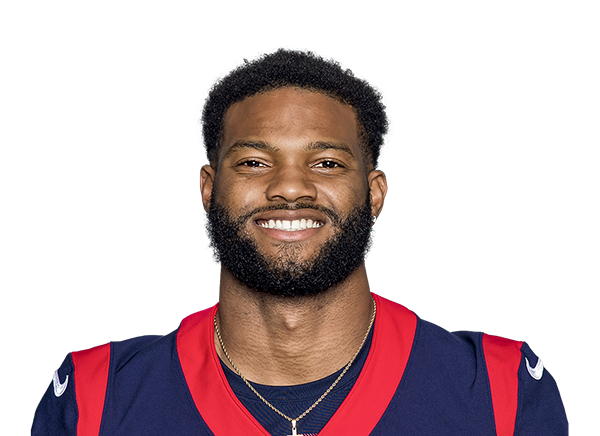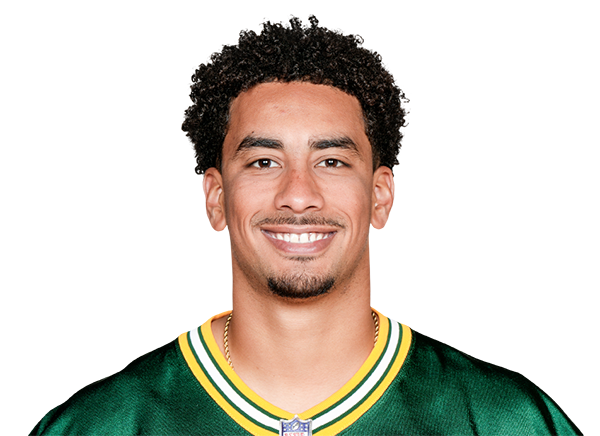Todd Gurley, Darrell Henderson, and the Los Angeles Rams Backfield
One of the most-perplexing situations in the NFL right now is what to make of the situation in Los Angeles. The Rams owned one of the best players in the NFL at the height of his greatness – Todd Gurley – and rewarded him with a four-year, $57.5 million contract. And right when they needed him the most, he fell apart.
LA signed CJ Anderson on December 18th last season and he promptly became the starter the following Sunday. He carried the team over the last two weeks of the regular season and into the playoffs.
Why would a team’s prized running back be allowed to sit on the bench when they need him the most? Whispers about his health crept up and doubts about his ability to remain healthy emerged. What happened this off-season is telling of what to expect in 2019 and beyond.
A lot of people may have forgotten, but Malcolm Brown, the original backup to Todd Gurley, suffered a season-ending clavicle injury in December just prior to Anderson’s arrival. At the end of the season, Brown agreed to a two year deal with the Detroit Lions, only to have that deal matched by the Los Angeles Rams immediately.
Why did the Rams move so fast to retain Brown? Did they know something nobody else did? Was Gurley’s knee even worse than everyone had assumed? This only led to more unanswered questions.
During the 2019 NFL Draft, the Rams traded two late third-round picks (90th and 99th overall) for the 70th overall pick from the Tampa Bay Buccaneers. With the pick, they took a runner – Darrell Henderson from Memphis. Even more rumors began to swirl about Gurley’s health, and now we find ourselves in fantasy chaos with no answers in sight.
Malcolm Brown
First I’d like to take a look at Brown so I can quickly dispel any possibility that he’ll be the primary backup in 2019. Brown has been a Ram since his career started in 2015. He has a total of 128 carries to date. The Rams have run the ball 1,717 in that span, giving Malcolm Brown 7.45% of the team’s carries.
That said, Brown’s touches have actually decreased over the last two seasons, even though he played one more game in 2018 than in 2017. Had Brown been seen as a real contributor, I think he’d be utilized more, not less, over the course of his career. He’s currently 26 years old, and in the supposed prime of his career for a running back.
So why do the Rams appear to love him so much? The coaching staff in Los Angeles often talk about Brown as a great special teams player rather than a backup running back. When discussing Brown’s injury, head coach Sean McVay said: “It would be a huge loss because of what Malcolm means to our football team – not only for our offense, but for our special teams.”
Special teams coach John Fassel also stressed his ST contribution, saying: “I’d say it’s very rare for a guy to be… a huge contributor on all four phases on special teams. He’s covering kickoffs, he’s covering punts, blocking for our punt returners in the punt return game, he’s in the front line or on the back end in kick return game — he’s as versatile as they get.”
I don’t view Brown as someone to worry about as a dynasty asset going forward. I view him solely as a special teams ace who doubles as someone who can line up in the backfield. Versatility is valuable, and his price tag of just $1 million per season was too good to pass up, which is why the Rams matched his offer as fast as they did. In short: Nothing to see here.
Todd Gurley
On his last play in college, Gurley tore his ACL on his left leg and then spent the next eight-ten months rehabbing. The injury was described as a “clean tear”, meaning it didn’t damage other structures in the knee, which makes recovery quicker and easier.
The downside to ACL injuries is that it can help advance arthritis. According to many articles I’ve sourced, including this one published in the New York Times in 2017, arthritis can be a common side-effect of ACL reconstructive surgery, which Gurley received in 2014. It’s been less than five years since the injury occurred, but it’s safe to say that an NFL running back uses his knees more than the average adult, and therefore arthritis can develop at a quicker rate.
In researching Gurley’s injury history, I came across an interesting quote. In week one in 2018, Gurley exited the game with knee pain. When this happened again in week 14, a reporter asked him to explain his knee injury, and Gurley compared the pain he experienced in week 14 to the pain in week one, saying: “…the pain was like kind of the same type.”
This implies that Gurley had perhaps been experiencing this pain all season long, and the more he was used, the worse it became. Gurley touched the ball 315 times in 14 games before he benched himself. This averages out to 22.5 touches per game for the 2018 season, fighting through annoying levels of pain along the way.
Using this information above, I’m led to believe that Gurley can indeed play with an arthritic condition, as long as he’s not over-worked too much by his coaching staff. That sentiment is shared by Stephania Bell, a physical therapist and ESPN’s official injury analyst. In regards to Gurley’s knee-arthritis, she said: “…this is not something that improves and this issue goes away, this is something that the way you keep it at bay and you extend the life of his RB career is you manage him. So I think the uncertainty for me lies in how does that look… part of the way you protect (Gurley) is to not overuse [him].”
The key question is: what does this look like? Will he receive fewer reps at practice? More time off between games? Or will it be less work in games? Gurley’s 315 touches in 2018 earned 342 total fantasy points in a 0.5 PPR format, which equates to a healthy 1.086 points per touch.
If Gurley’s workload was decreased by 15% to 19 touches per game, he would still be a top-five running back in a 0.5 PPR format. Even if Gurley was given only 13 touches per game at his 1.086 points per touch, he would finish 12th among all running backs in 2018.
I’m inclined to believe that Gurley will be given between 13 and 19 touches per game, perhaps more towards the latter, since they are paying him a hefty sum, which puts him somewhere between RB5 and RB12 for the 2019 season.
That being said, the only other thing we need to consider is…
Darrell Henderson
I’m going to leave my personal bias aside for a moment, and trust me there’s plenty of it, so that I may talk solely on what Henderson’s addition could possibly mean for the Rams. This is a player who can be seen on film plowing through defenders on his way to the best yards per carry average in college football, and the Rams traded up to get him, so they must have a plan of sorts.
Henderson came out of college standing 5’8” and 208 pounds. Since 2000, there have been 68 such running backs who have attended the Scouting Combine with similar size or smaller. Of those backs, Maurice Jones-Drew, Ray Rice, Tarik Cohen, Darren Sproles, Brian Westbrook, Dion Lewis, and Devonta Freeman are notable.
That’s pretty good company, and it gives you an idea of the kind of running back you will need to see Henderson be to have success in the NFL. One big thing to notice is Henderson’s ability to run outside zone. As noticed by Mike Renner of PFF:
Rams ran outside zone 217 times during 2018 regular season – 52 more than any other team
Darrell Henderson on outside zone last two years:
53 Attempts
569 Yards
10.7 YPC (led nation)
7.0 YAC/Attempt (led nation)
23 First downs
16 broken tackles— Mike Renner (@PFF_Mike) May 8, 2019
However, his college dominator of ~34% is lower than that of other successful RBs in the NFL, and his breakout age of 20 is higher than those same RBs. Neither of these things correlate to how well of a player he’ll turn out to be, but they definitely don’t help either.
It’s possible that the Rams not only drafted Henderson to back the main backup to Gurley, but also to fit a specific scheme that they have in store for him. What better way is there to utilize a player than to place him in a situation where he already excels?
The fact that the Rams signed CJ Anderson from free agency and turned him into a star tells me that they might also have the ability to do the same with Henderson, but on a much smaller scale.
Conclusion
In conclusion, I believe Todd Gurley is still expected to carry the load this season at around a 15-touch-per-game minimum, which only leaves about seven touches per game for Henderson. Even at one point-per-touch expectancy, which is a massive over-estimate, Henderson will only be expected to garner less than ten fantasy points per game.
Unless you already own Gurley, I wouldn’t go breaking the bank to acquire Henderson. I don’t think he’ll be good enough to unseat Gurley, and I don’t think Gurley’s injury is catastrophic enough to force him to the sideline any time soon. The only real use I see Henderson having, besides as the main backup to Gurley, is an occasional flex play on bye weeks.
That is, if you believe in his ability. I covered him when evaluating this year’s top rookie runners. Do yourself a favor and check it out. I think you’ll be glad you did.
- 2023 Dynasty Riser, Faller and Longshot Predictions: San Francisco 49ers - July 28, 2023
- The Dynasty Value of Trading a 2023 Rookie Pick for a 2024 Pick - May 19, 2023
- How and Where to Pick Running Backs - May 15, 2023
























































